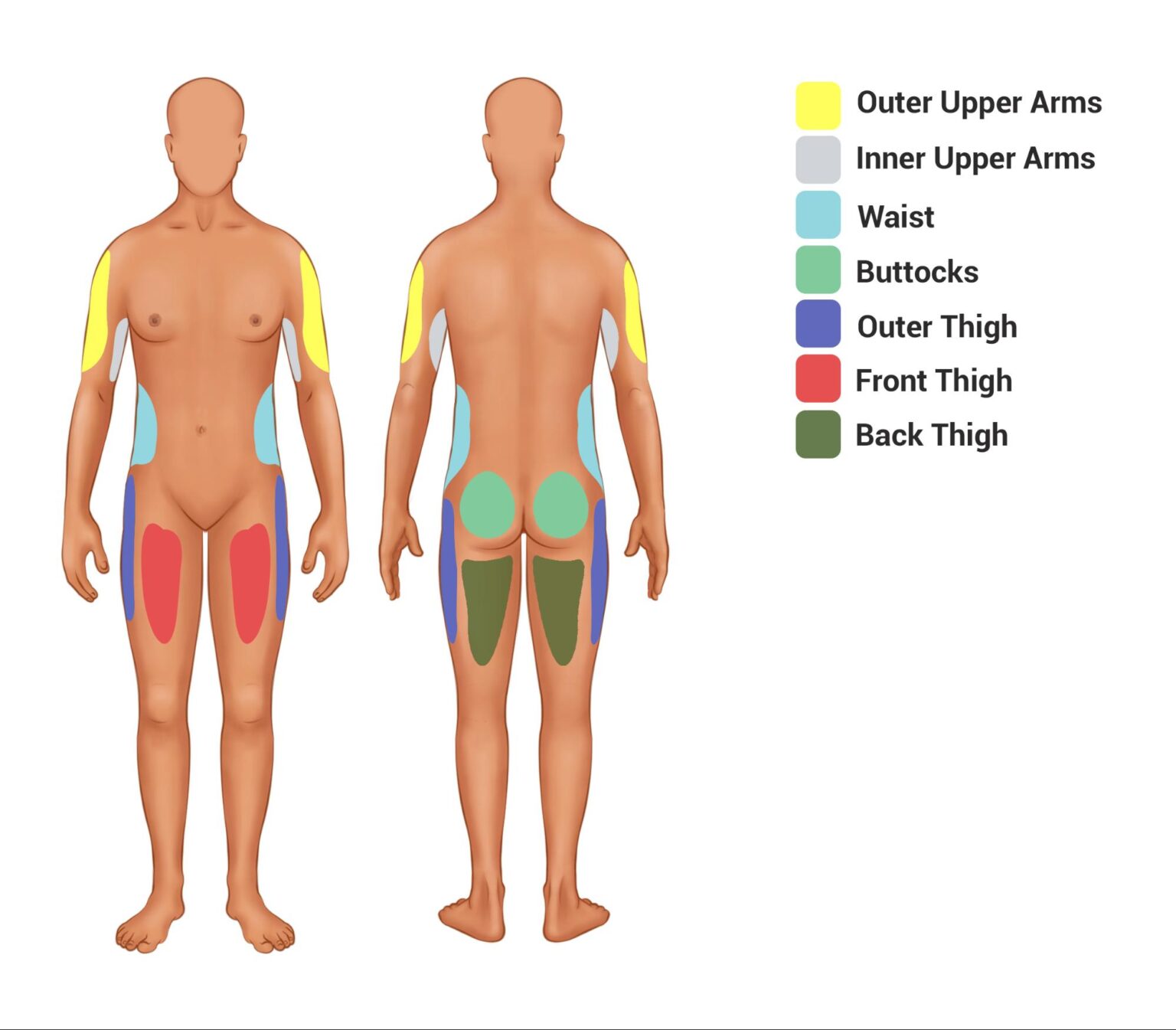
Right after surgery, you’re monitored for bleeding and fluid retention. Small tubes may drain excess fluid. Swelling peaks early. Pain is expected but managed with medication. You’ll feel tightness in the lower back. Movement is limited. Assistance is required for basic activities. Sitting is discouraged. Lying on your stomach is preferred.
Most patients experience bruising and stiffness during the first week
Bruising spreads across the hips and lower back. It looks worse than it feels. Muscles feel sore. You may walk hunched. Bending is hard. Support garments compress the area gently. These reduce swelling and help shape the tissue. Energy is low. Short walks inside the home are encouraged.
By day seven, your surgeon typically removes any drains and checks incision healing
Drain tubes are removed in the clinic. This is quick but may sting briefly. Incisions are inspected. Any signs of infection are addressed. Stitches may dissolve or remain for removal later. The dressing is changed. You receive new care instructions. Redness or discharge is reviewed carefully.
The second week focuses on gentle movement, hygiene, and scar management
You begin moving more confidently. Showers resume unless restricted. Scar care begins if permitted. Avoid stretching the incision area. Sleep may improve slightly. Swelling still lingers. Wearing compression garments 24/7 remains important. Loose clothing avoids irritation. Most still can’t sit or drive safely yet.
Three weeks in, the tightness often subsides, but sensitivity may persist
The skin feels less strained. Movement feels less restricted. But nerves remain sensitive. Some patients feel numbness around the scar. Others report sharp tingles. That’s part of healing. Sensation returns gradually. Scar appearance may change color. Massage is sometimes introduced, depending on healing progress.
By four weeks, basic activities become easier, but exercise remains off-limits
You may walk outdoors. You may stand for longer. Lifting light objects feels manageable. But gyms remain out of reach. High-impact activity risks wound reopening. Stretching too far pulls the incision. Recovery isn’t complete. But confidence returns. Most patients can return to office work if modified.
Swelling can fluctuate for several weeks depending on position, temperature, and activity
You may wake up swollen but slim down later. Heat increases puffiness. Walking too long does too. That’s normal. Elevating the legs helps. So does compression. Ice should only be used if approved. Sudden swelling or asymmetry needs attention. Mild fluctuations are expected for months.
Between five and six weeks, light stretching or yoga may be introduced carefully
If cleared, gentle mobility work begins. No deep squats. No lunges. Just movement. Hamstring tension may appear. Some stiffness lingers. Don’t push through pain. Listen to the body. Yoga poses that load the glutes are avoided. Breathing and posture remain the focus.
By two months, most patients resume sitting for short periods with caution
Sitting feels less risky. A cushion helps distribute pressure. Duration is limited—maybe 20 minutes. Standing breaks remain important. Some use standing desks. Others still avoid soft sofas. Buttock contour must be protected. Every body reacts differently. Continue following your surgeon’s advice.
At eight weeks, cardio or strength training may restart slowly under supervision
Treadmills or elliptical machines are reintroduced. No jumping. No weights near the incision. Glute training waits longer. Light resistance may begin elsewhere. Sessions remain short. Swelling returns easily. Watch for tightness or fatigue. Pain means stop. Ease back into routines thoughtfully.
Scar tissue begins to mature between the second and third month
Scars flatten. They fade from red to pink. They itch less. Massage helps collagen alignment. Creams are sometimes prescribed. Silicone sheets may follow. Sun protection is essential. UV darkens scars. Final appearance takes up to a year. Patience rewards you.
By the third month, sitting, bending, and light physical work usually feel normal again
You regain confidence. Daily tasks feel smooth. Mobility improves. Energy returns. You feel stronger. But full recovery isn’t over. Some areas remain tender. Tissue remains soft. Overtraining can still cause damage. Take breaks. Stay hydrated. Let healing finish quietly.
Results become more visible around the four-month mark as swelling diminishes
Contours sharpen. Clothing fits better. Skin tightens. The surgical area settles into shape. Swelling fades. Asymmetry evens out. You start recognizing the final silhouette. Muscle tone returns. Scars lighten. Most patients feel happy by this point. But small changes still unfold.
Around five to six months, core and glute strengthening becomes safer
Now, you can work the area. Bridges, clamshells, resistance bands—all approved if pain-free. Glutes need gradual loading. Core strength supports posture. Trainers help with proper technique. Avoid rushing. Rebuild the area, don’t shock it. Avoid impact. Focus on alignment.
Some patients experience numbness for several months, depending on incision placement
Sensory nerves take longer to heal. Some numbness never fully fades. Others regain feeling slowly. This varies. It doesn’t always indicate trouble. But numbness combined with pain or swelling needs review. Follow-up visits help track nerve recovery. Report unusual patterns.
Final results typically settle around nine to twelve months after surgery
This is your real outcome. The shape, tightness, and skin tone stabilize. Swelling becomes rare. Clothing fits normally. Scars reach final color. The result reflects your genetics, habits, and recovery care. Photos may be taken. Touch-ups, if needed, are discussed now—not earlier.
